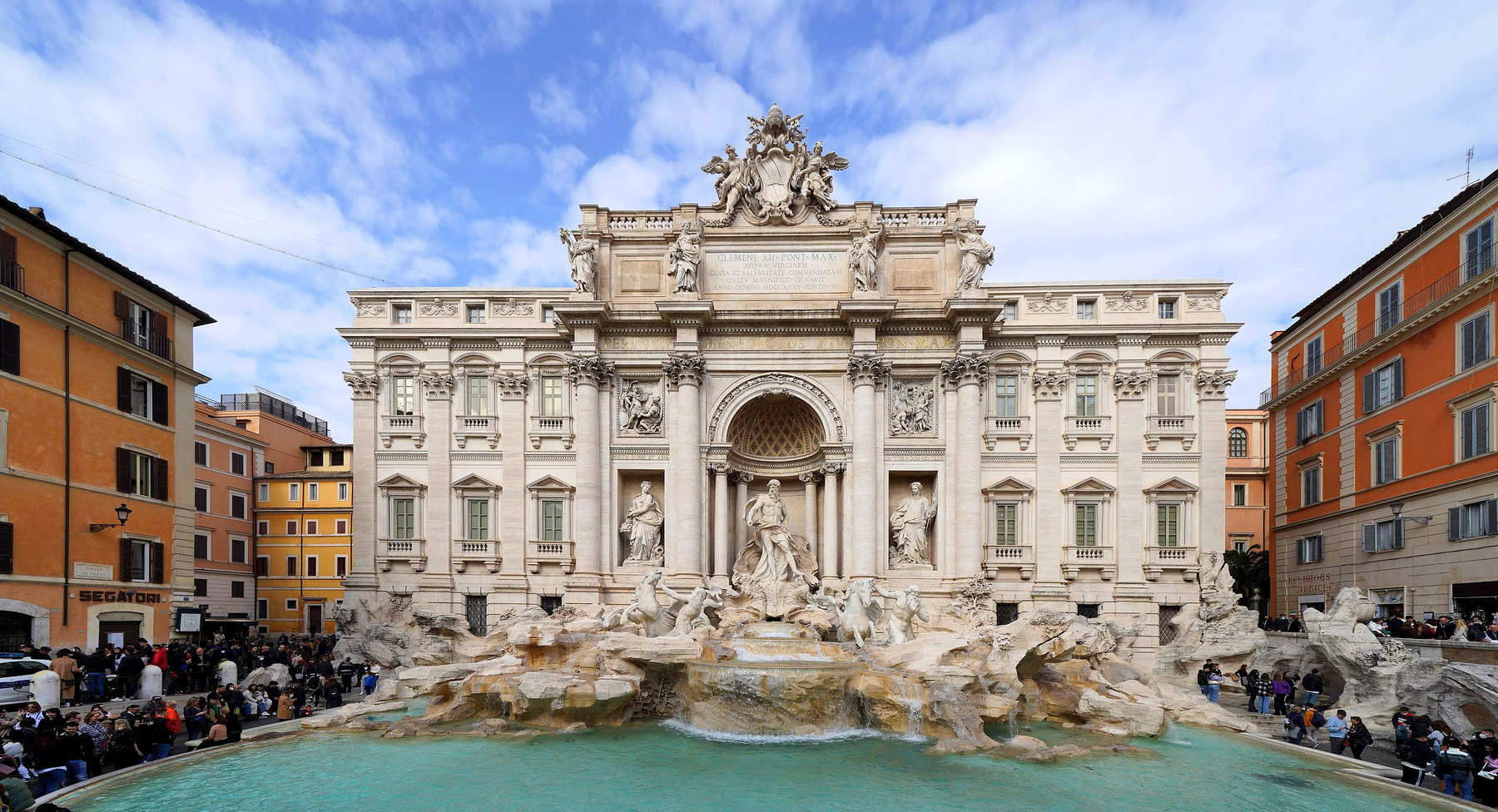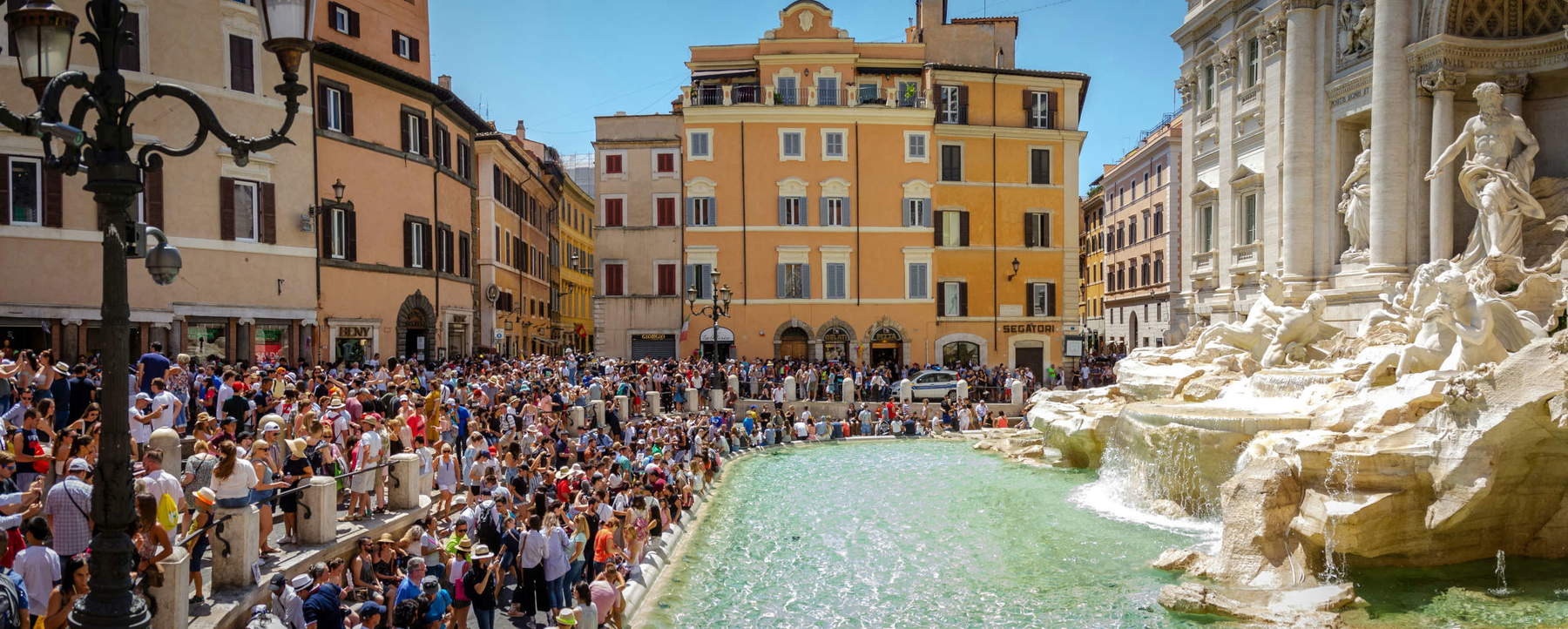Where do the coins from the Trevi Fountain go?
The Trevi Fountain is undoubtedly one of the most famous monuments in the world: first of all, of course, because of the extraordinary work of the late Baroque that it is, but also because of the ritual associated with it that every tourist who comes to Rome does not want to escape: the tossing of the coin from behind, keeping the eyes closed and the right hand on the left shoulder, and then turning around and seeing it fall before it disappears into the water. A secular pilgrimage for all visitors who hope in this way to make a wish and see it fulfilled, although in theory the propitiatory gesture would be to be able to return to the Eternal City. No one shies away from the gesture, not even the heads of state who have come to Rome for the G20 in 2021.
But where does this custom come from? Meanwhile, let’s say right away that, whatever the motivation, there are many who practice it: in fact, every year the coins are recovered from the tank (even three times a week) contained within it, and the sum consists of hundreds of thousands of euros: in 2022 more than 33 thousand kilograms of coins were collected, with a countervalue of more than 1.4 million euros. Not only euros: foreign currency from all parts of the world is also found, and objects of all kinds that, it is not known whether due to the eagerness or the will, end up in the water. Glasses, bracelets, watches, rings and even dentures, as the director of the diocesan Caritas revealed to Il Messaggero in an article some time ago. It is in fact the Caritas of Rome that is the recipient of such huge contents, which, once collected by the Acea utility company, has the task of cleaning them, counting them and using them for works to support poverty or hardship.


For those thinking instead of doing the opposite gesture, that is, sticking their hand in the water and taking a few coins, they should know that it has been forbidden since 2010. Those who do so will be stopped (there is a fixed Municipal Police garrison in the square) and fined, as will those who dive for a bath emulating the famous scene from “La dolce vita”: 450 euro fine.
And although tradition demands that after the coin toss one must drink the water that flows from the fountain one must know that one can no longer do that either, as the water in the pool is recirculating. There is no prohibition, but the instinct of self-preservation should advise against it.
For some, the coin ritual started with archaeologist Wolfgang Helbig who, in the nineteenth century, in having to leave Rome decided on that gesture as a good omen, and historian Theodor Mommsen also wrote memorably about it: “The happiness of Roman times, the grace, the tranquility, the gaiety, the fullness of Roman life and coexistence bind all who have come to the Trevi Fountain in a bond with Rome and together in a mutual bond of lasting commonality... ”. But it is with tourism since the 1950s that the gesture has become part of the collective imagination aided also by cinema. Not only the pluricitate Fellini in 1960 but films such as Three Money in the Fountain and Totòtruffa 62 with the equally famous scene of Totò selling the Fountain to a poor, clueless man.
For others, the roots go back to ancient Rome since the Romans had as a pagan ritual to throw coin into seawater or fimi to accord themselves the benevolence of the deities before a journey. The fact remains that the huge 18th-century work has developed a fascination that makes it a must-see destination for anyone coming to Rome with a motu propriu of generosity.
Warning: the translation into English of the original Italian article was created using automatic tools. We undertake to review all articles, but we do not guarantee the total absence of inaccuracies in the translation due to the program. You can find the original by clicking on the ITA button. If you find any mistake,please contact us.





























